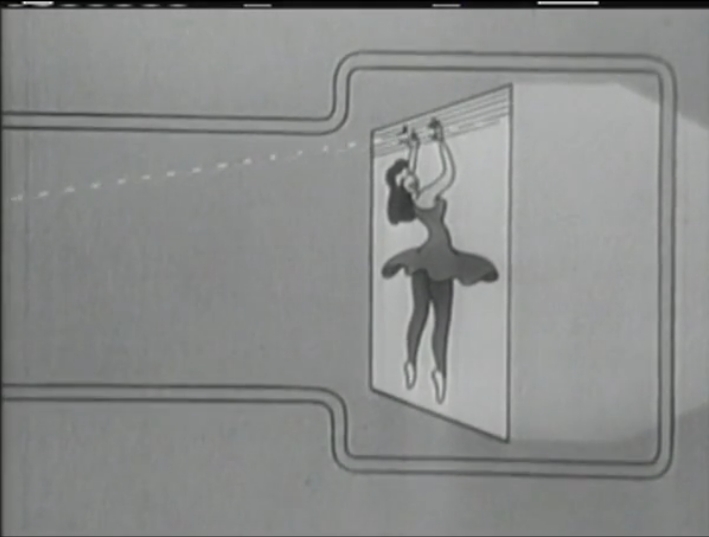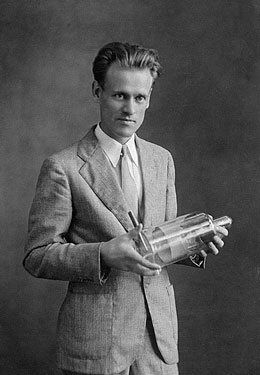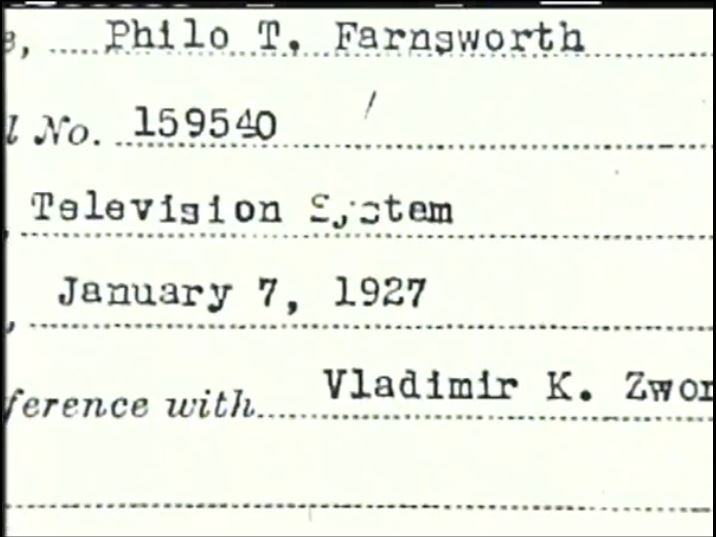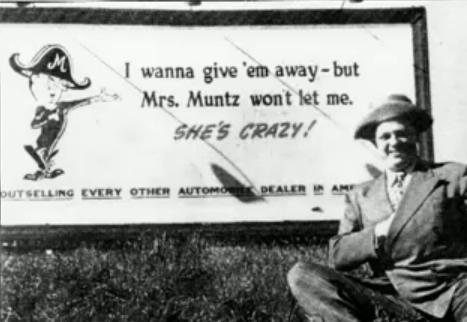Table of Contents
History of Television
Window to the world
Watch a video,
- Video clip at Vimeo
- Video clip at History channel
- = ModernMarvelsTelevision.avi
Intro
Television throughout the human history
-
- typical home with a radio listening during 1920s : radio has been invented since 1896 (1900s practically)
- Before then, radio set had been replaced by television set.
- 당시 라디오세트의 크기는 작은 냉장고 정도 typical home with a radio listening during 1920s
- radio에서 television으로 바뀐 후
- 19, OJ Simpson's murder case begain
- 29s, Nixon resign . . . see agenda setting
- What happened then? . . . We are informed about the world around us. . . .
- How do you compare this to people in medieval period.
- They were informed about the world . . . how?
- 58s, Martin Luther King Jr.
- Speech I have a dream speech
- I have a dream at wikipedia
- What would be the result without the presence of television?
- Medium is the message – by Marshall McLuhan medium is the message meaning
- 인터넷이 없었더라면 . . . 유튜브라는 매체가 안 생겼더라면 . . . 당신이 만든 동영상은 어떤 메시지를 던질까?
In the Entertainment
History
c.f.
- 1840s.
- daguerreotye
- netative, positive process
- roll film
- small camera (by Kodak)
- 1890s
- motion picture (1878, pictures of horse) see photographic sequence of a horse
- 1920s key milestone with sound and color
- 1896
- radio invented
- and primarily used to contact ships that are out at sea.
- sink of Titanic in 1912 radio signal during sinking of the Titanic
- mainly via Morse signal
- The Radio Act of 1912 . . . after sinking of the RMS Titanic
- Ships in the US sea, should maintain to monitor distressing signals constantly.
- Radio should be licensed by the federal gov.
- 1920s
- flourishing
- KDDA, Pittsburgh PA by Westinghouse Company
- and BBC in England
- radio box manufacturing, selling, broadcasting . . . . problems
- RCA . . . Radio Corporation Agreement
- Who makes what
- radio box, transmitters, . . .
- AT&T regular broadcast
- first advertisement
- 1920s 29
- NBC
- CBS
Piece of Puzzles
-
- 190s, Bell and Edision . . . . Inventions like phonograph and motion picture camera were the result of science and ingenuity.
- 207s, G Marconi In 1896, he sent electric impulse through thin air
Wireless - telegraph (전신, 전보)
- 230s, Next challenge was to try . . . to send voices over air-waves.
- 230s (3:50) electric pulse over the air waves (telegram) → voices over airwaves (Radio)
-
- In 1908, he broadcasted the first human voice over from the Eiffel tower.
- He invented the Audion Tube that captured human voice patterns and transmitted them over the airwaves.
- 258s, Philo Farnsworth: P.T. Farnsworth . . . . aka PTF
- see a video part 1 (start 1:30) at youtube (American Experience) and part 2
- an explanation of how television works in the clip
- see also an introduction of his rivalry
- see alse Farnsworth web page
- 284s, Television idea Farnsworth came up with an idea of electric tube of his own.
- 299s, Television idea Evidence of his right to pattern.
- 338s, The Principle of Television 5:40 - 6:20 텔레비전 원리
- 406s, David Sarnoff: Across the country, a different kind of genius . . . .
- David Sarnoff with meeting with G. Marconi: At 14 . . . .
- Employed as a messenger boy at 14.
at 457s
- good at pension for promotion . . . 475s
- 481s RMS Titanic 1) on April 12, 1912. Sarnoff was at the relay station at the Marconi New York office. . . . Worked three strait nights alerting other ships near the area.
- just a myth . . .
- Air waves needs to be organized due to the interference
-
- Secretary of the Navi, Franklin D. Roosevelt gathered all the companies with the stakes in this new phenomena called “wireless”
- Together they formed a trust, RCA (1919) = brought all the broadcasters into one basket; and watch that basket.
- First step was to buy out Marconi's operation to keep it under the US government control.
- RCA got a better deal! . . . David Sarnoff became the president of RCA.
- 588s, David Sarnoff creates and controls the Radio industry
- He becomes the farther of television later.
- At 22, outline of his vision of radio = radio box memo
- He envisioned a device at home that people receive music, news, and sports . . .
- Radio station, radio box, etc. were envisioned before five years that they actually happened.
- tech, yes. but, why? who needs it? problem
-
- He got invested by wealthy people, moved to LA to get needed materials.
- working “in secrecy”.
- Meanwhile, 691s, in the other side of the US, . . . .
- Competition from RCA
Radio Comes of Age
1920s 라디오가 본격적으로 산업화, 대중화 된다는 부분
-
- Radio broadcast boom by D. Sarnoff, 1920
- The first radio station KDKA on the air (Pittsburgh in PA): The Westinghouse engineer Frank Conrad began experimental radio broadcast . . .
-
- . . . . We are very anxious to know how far the broadcast is reaching . . . .
-
- Race for television heating up . . . .
- In this race, Farnsworth believed that image could be also transmitted as well as voice.
Mechanical Television
-
- in the 1920s
- Charleston became very popular
- Prohibition: 또한 금주령의 시기
- And RADIO business
- 817s, Vladimir K. Zworykin 2) came up with an idea about television that was remarkably the same as that of Farnsworth.
- brioux.tv article 참고 . . . .
The story of how RCA head David Sarnoff and his chief scientist, Vladimir Zworykin, blindsided and robbed Farnsworth is right out of the Putin school of international treachery. Zworykin basically visited Farnsworth, claimed he was a friendly rival from Westinghouse, and tricked Farnsworth into showing him all his science secrets under the pretence that an investment in the fledgling operation was pending. Zworykin then stole every idea and passed himself off as RCA’s resident genius . . . .
- Working at the Westinghouse company researching television experiments
- He made some explosion while experimenting. The company didn't like it.
- Television ideas were blossomed in some different ways.
- The distinguishing two are mechanical and electronic television.
- Electronic television . . . . 904s, Fail of 1925 demonstration (PTF)
- Mechanical television
- 965s, Jenkins . . . . television demonstration. Hurbert Hoover and secretary Farmers. Televised image Washington to NY . . . . 1014s, crude 48 lines of television image . . . .
- Hoover (나중에 대통령이 되는) spoke 2 minutes; and his wife as well.
- She was concerned to use the device to read minds!!!
-
- mechanical television, demo to BBC, followed by PTF
- Baird had jaw dropping experience by witnessing Farnsworth demo
Patent battles
- 1152s, patent battles mainly between Farnsworth and RCA
- David Zworykin moves to RCA from the Westinghouse.
- Sarnoff had an intuitive understanding the potential of television, and backed him up by 100 percent.
- 1215s, patent battles Farnsworth and Zworykin had a patent law suit
- Farnsworth's win over RCA on patent war (at 24)
- RCA tried to buy the patent; but, Farnsworth wanted the continuous royalty.
- Sarnoff did not like the idea, but, eventually agreed.
Duelling egos
- D. Sarnoff, the king of radio
- RCA → creates NBC
RCA spent $1 million to purchase WEAF and Washington sister station WCAP, shutting down the latter station, and merged its facilities with surviving station WRC; in late 1926, it subsequently announced the creation of a new division known as the National Broadcasting Company (its official corporate name was National Broadcasting Company, Inc.).[5] The division's ownership was split among RCA (a majority partner at 50%), its founding corporate parent General Electric (which owned 30%) and Westinghouse (which owned the remaining 20%). NBC officially started broadcasting on November 15, 1926. . . . from History_of_NBC, wikipedia
- NBC broadcasting company . . . NBC blue, NBC red
- tried to build television industry by the 1930s (not the 1950s)
- but, the reality was hard.
- reliable way to transmit the signal through the airwaves
- even automobile engine idling interfered broadcast
- no public demands – who needed pictures when you had radio!
- William S. Paley
- A wealthy man
- started a radio network, CBS, in 1938
-
- Mercury Theater on the Air (radio)
- the Ed Sullivan Show
- I love Lucy
- The Beverly Hillbillies
- MASH
- Not interested in science of television, but was a genius of television programming
- see 총알이론에 대한 언급 그리고 Orson Welles incident
- Television still no good for the public
- low quality: see the upper part is diminishing?
How analog TV work from youtube
- electronic signals interference everywhere
- trees and buildings, even car spark signals
- Sarnoff turned the 3rd floor of the radio city into television studio
- 1458s, W2XBS highly experimental broadcasting on July 7, 1936 . . . . see also
. . .
- First commercial television station W2XBS (July 1936)
- so hot studio ~!!
-
- many talents feared of television (Frank Sinatra)
- see also My way by F. Sinatra
-
- Orson Welles CBS
- see 초기의_연구총알이론
- into the public (through World fair)
: move tomorrowland . . . 1964
David Sarnoff, then president of RCA and a strong advocate of television, chose to introduce television to the mass public at the RCA pavilion. As a reflection of the wide range of technological innovation on parade at the fair, Franklin D. Roosevelt's speech was not only broadcast over the various radio networks but also was televised along with other parts of the opening ceremony and other events at the fair. That day, the opening ceremony and President Roosevelt's speech were seen on black and white television sets with 5 to 12-inch tubes.[9] NBC used the event to inaugurate regularly scheduled television broadcasts in New York City over their station W2XBS (now WNBC). An estimated 1,000 people viewed the Roosevelt telecast on about 200 television sets scattered throughout the New York metropolitan area. . . . .
- wonder bread, nylon stocking, plastic etc. introduced
- Regular broadcast in Am
- 2 hours a week, 200 television sets in NY
- Baby has been born with beard. . . . by PTF (he was forgetten)
- progression for production methods for tv was still in trouble
- FCC (Federal Communication Commission) formed in 1940 led by James Fly . . .
- Sarnoff became too influential and mono-polic
- Anti-Trust Law
- ABC created out of NBC Blue and NBC Red
- FCC의 압력에 의해 1943년 NBC는 조금 덜 생산적이었던 Blue Network를 Edward J. Noble에게 팔게 된다. 이것이 훗날 ABC가 (American Broadcasting Co.) 된다.
- After 1945: the war ended
- 1845s, Television became a regular entertaining device and technology devloped.
- Standard war . . .
- 1903s, Dumont Television in NJ 600 line television set
- vs. RCA's 450 lines
- NBC won over standard of TV.
-
- sports coverage
- multiple cameras
- TV sets sales sky-rocketed . . . .
- Muntz TV
Talents drives tube
- Tech stablized. Search for talents flourished.
- Resurrection of Vaudeville
- Norma Jean
- I love Lucy
- televised tour of the White house by the Pres. Truman
- into color . . . .
- Battle for color
한국 텔레비전
참조:
한국방송 역사














































